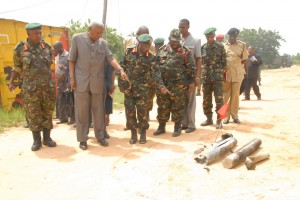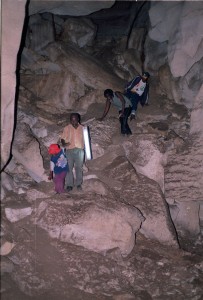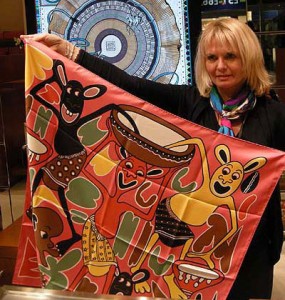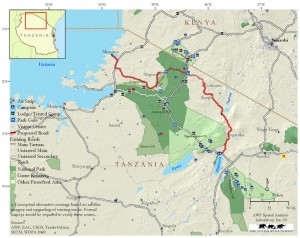There were violent explosions at the Gongo la Mboto armoury on the outskirts of Dar es Salaam on February 16 which killed 23 citizens and left scores injured. Bombs exploded in quick succession, lighting up the skies and causing panic among city dwellers fleeing for their lives. The last bomb exploded the following morning at around 4am damaging six military vehicles. Over 4,000 people left their houses and properties to take shelter at the Uhuru Stadium. Two missile remains landed inside Prime Minister Pinda’s private residence in the Pugu area, a few kilometers from the explosion site. One of the PM’s housekeepers told reporters that one shell destroyed a mango tree in the PM’s compound as another exploded on the bare ground. Efforts by Mwananchi photographers to take photos of the area were in vain as security men grabbed their cameras and deleted everything in them.
The PM briefed MP’s on what had happened. The incident occurred at 8.20pm, when a blast started at munitions depot number five, where military equipment including heavy bombs, were stored. Reports of the blasts reached top army officials, but before they could do anything, the blasts had spread to 22 other munitions depots very fast leaving mass destruction. The bombs destroyed two dormitories used by soldiers plus their vehicles. Some civilian houses were also destroyed as was part of a secondary school. Several bombs hit the Julius Nyerere International Airport and plane movements were interrupted. The government was criticized for not seeming to be sufficiently serious about public safety related to munitions depots that share locations with residential neighbourhoods. Two years earlier similar blasts had occurred at another army base which also led to loss of lives, disfigurement of some people, and destruction of property.
Explosion experts from the US and Russia came to Tanzania to help with the subsequent enquiry – Guardian .







